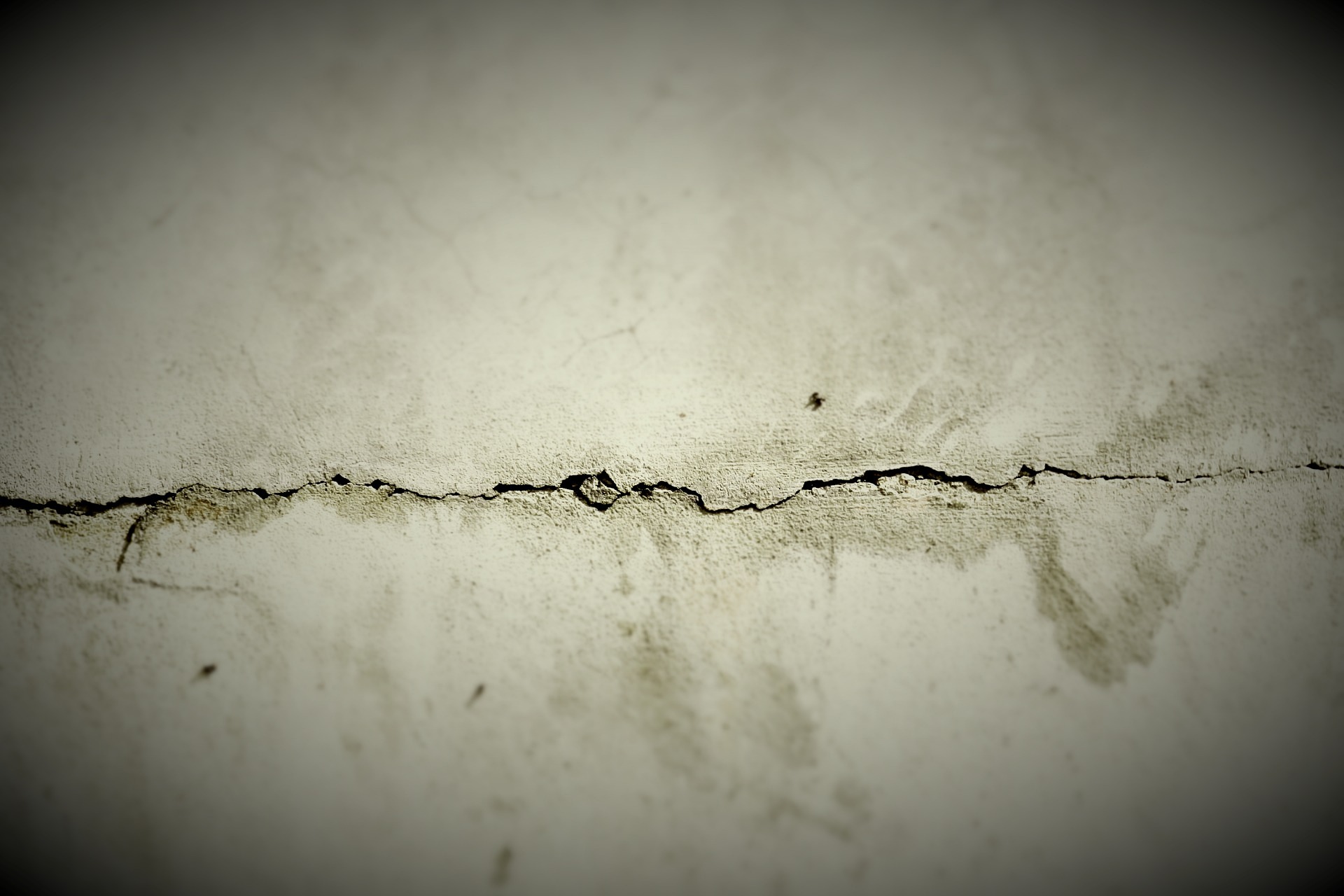Foundation Repair: Common Issues and Practical Steps
Foundation repair affects every house at some point, and understanding what to look for can protect the value and safety of your home. This article explains why a stable foundation matters, how to recognize common signs like cracks and wall movement, when to contact local services, and practical steps to prepare your property for repair work. The goal is to give clear, factual guidance so homeowners can make informed decisions.

Why foundation matters for your house
The foundation supports the entire structure of a house and transfers load to the ground. When the foundation shifts, it can cause uneven floors, misaligned doors and windows, and progressive stress on framing and finishes. Small, stable settlements are normal in many homes, but ongoing movement can accelerate damage to structural elements. Regular visual checks and prompt evaluation when movement appears help limit secondary problems that can be costlier to fix later.
How to spot foundation cracks
Cracks in concrete or masonry are common indicators of foundation issues, but not all cracks have the same meaning. Hairline vertical cracks often result from shrinkage and are less urgent, while wide vertical or stair-step cracks in block walls can signal differential settlement. Horizontal cracks in basement walls are more concerning because they may indicate lateral pressure from soil. Track changes by measuring crack width over time and look for widening, separation, or new cracks as signs to seek professional assessment.
What wall problems signal foundation issues
Interior wall symptoms often accompany foundation movement. Look for diagonal cracks radiating from door and window corners, gaps between walls and ceilings, and drywall separation at seams. Exterior signs include bowed or bulging walls, mortar loss in brickwork, and gaps between chimney and house. Doors or windows that suddenly stick or fail to latch can reflect shifted frames. While cosmetic repairs hide symptoms, addressing the underlying foundation condition prevents recurrence and further deterioration of finishes and structural members.
When to contact local services for your home
Contacting local foundation services is advisable when cracks widen, water appears in lower levels, doors or windows bind, or floors become noticeably sloped. Emergency situations include sudden, large cracks, visible settling of a section of the house, or rapid movement after heavy rain or excavation nearby. Licensed foundation contractors, structural engineers, or qualified inspectors can evaluate the cause, recommend monitoring or repair, and provide documentation for insurance or resale. Early expert input helps prioritize repairs and clarify options.
Preparing your house for foundation repair
Preparing a home for foundation repair reduces disruption and helps crews work efficiently. Clear access around foundation walls by moving plants, planters, and stored items; inside, relocate furniture away from repair zones and protect finishes with coverings. Document current conditions with photos and notes, and keep records of past repairs. Expect excavation near exterior walls for many repair methods, and check whether permits or inspections are required in your area. Confirm liability and warranties in writing before work begins, and plan for temporary inconveniences like restricted yard access.
Conclusion
Foundation repair involves diagnosing movement causes, assessing damage to walls and finishes, and selecting repair methods appropriate to soil and structural conditions. Recognizing cracks, monitoring changes, and engaging qualified local services when needed helps preserve a house’s structural integrity and interior condition. Thoughtful preparation and documentation improve outcomes and clarify responsibilities, allowing homeowners to address foundation problems with a clear understanding of the process and likely impacts on the home.






